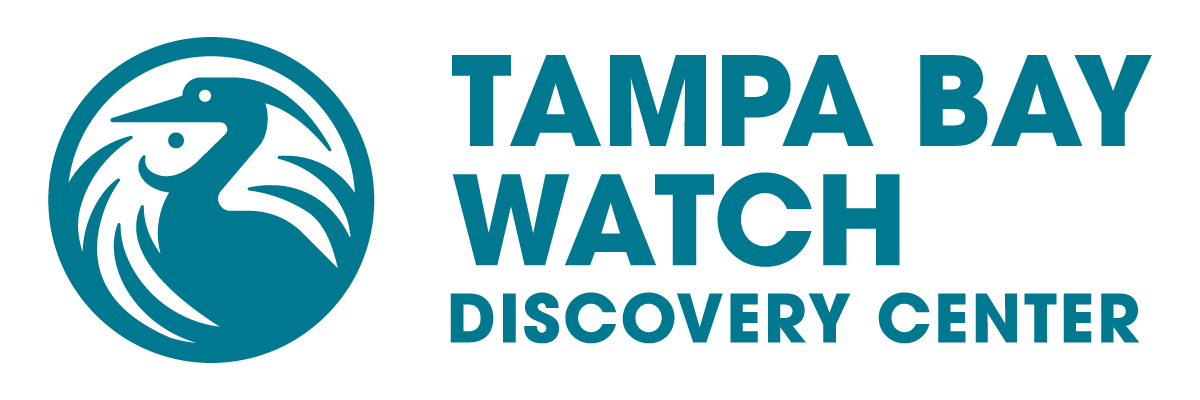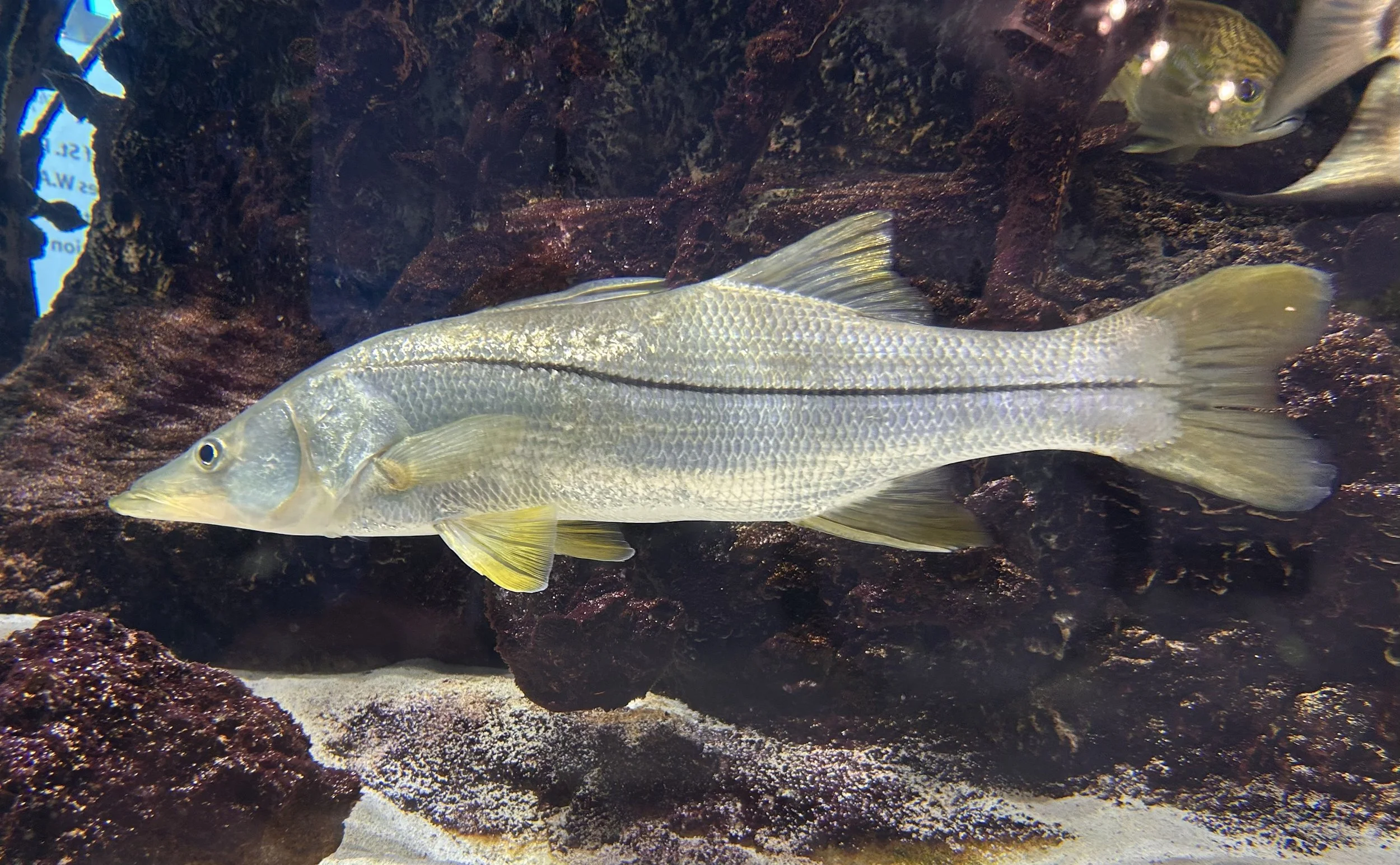Spare That Snook: The Common Snook and Relevant Regulations
By: Marin AcostaThe common snook (Centropomus undecimalis) is one of many fish that can be found in coastal Florida waters. They can be easily identified by the horizontal black line running from their gill flap to the base of their tail. Like many other fish, juvenile snook inhabit estuaries for protection until they are old enough to migrate into the ocean. A snook’s diet varies heavily based on its size; as opportunistic predators, they will eat whatever they are physically capable of eating. This includes (but is by no means limited to) shrimp, crabs, smaller fish, and even other snook. They have superior mouths, or mouths that slope upwards, allowing them to ambush their prey from underneath.
Being surrounded by waters full of vibrant marine life, it’s no surprise that the Tampa Bay area is a hotspot for fishing, especially when it comes to snook, a highly prized catch. However, the high demand for snook also puts their populations in possible peril if gone unprotected. Which begs the question: what measures can we take to protect our local fish populations against overfishing?
Releasing fish that aren’t going to be kept is important, but how these fish are released is equally important, and special care should be taken when doing so. To minimize mortality rates, one should keep the fish in the water during the hook removal process, and, if it is necessary to dehook it outside of the water, ensure that the fish does not remain out of the water for more than a minute. Fish are often covered with a layer of protective mucus, so gloves or wet hands should be used to handle them, if necessary, so as to not disturb this delicate membrane. Additionally, circle hooks and barbless hooks can minimize the amount of damage done and allow for easier removal.
Snook size, count, and time of catch are all currently legally regulated factors in Florida. Size requirements prevent the harvesting of fish who may have not yet had the chance to mate while also allowing larger fish to continue to pass their genes on. In most Florida counties, caught fish must be between 28 inches and 33 inches to be considered legal catch. To prevent overharvesting, catches are limited to one snook per person in a day. To allow populations to stay at healthy levels, fishing is not allowed during certain seasons; closed fishing from May to August (or September, in some regions) allows snook to mate undisturbed, and closed fishing from December to February prevents snook from being overharvested while they’re at their most vulnerable due to colder temperatures.
Many of the readily available fish populations perpetually run the risk of being overexploited due to popular demand, with cases such as the decline of bluefin tuna and salmon being indicative of this problem. We must continue to tend to and protect our local fish populations to avoid this fate.

